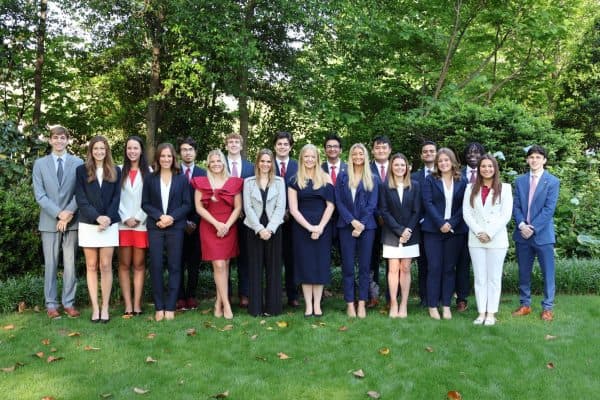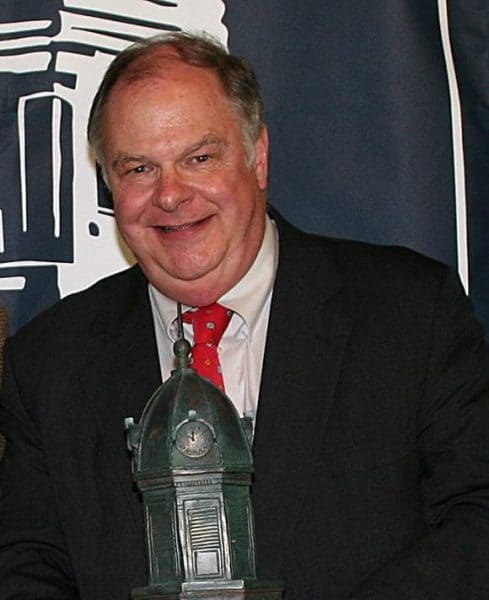Hueytown residents concerned over UA timber plans
Some worry the University’s plans to clear hundreds of acres of land in the area could destroy wildlife and pose a threat to the city’s water system.
April 20, 2021
The University of Alabama plans to clear-cut from a 700 acre plot of endowed lands in Hueytown, Alabama, about 45 minutes from campus. Some community members are saying it could harm the environment and their way of life.
The University has been owning and selling land for over a century. The mission of the University Lands Department is to “manage the land and real estate assets to provide income to the University’s endowment fund.”
Fred Smith, a resident of Hueytown and a UA alumnus, said he decided to investigate when he heard the University would timber harvest, or cut all trees, from the area surrounding his neighborhood. The 700 acres of land owned by UA have been selectively cut in the past, but never fully cut.
Smith reached out to the University Lands & Real Estate Services department within the division of Finance and Operations. He got the impression from a receptionist that the project was imminent and was told to expect a call from the UA Lands Forester Ben Pinkleton. Smith said he never got that call, so he emailed UA President Stuart Bell.
“It’s like they want to keep it a secret,” he said.
A statement to The CW confirmed that the University plans to timber harvest the land.
“Both public and private timber operations have been ongoing for decades in the area of this proposed harvest,” the statement said. “The long-term impact is positive for minimizing fire hazard, severity and intensity. The University will care for the land and replant the tract relative to the final harvest date. The clearing buffer is 30 feet from residential homes and not the property line.”
Smith said he believes the project will be devastating for Hueytown. The land surrounds a residential area and is home to more than 10 endangered species. The land currently houses threatened and endangered species like the flattened musk turtle, Black Warrior waterdog and watercress darter fish.
“I don’t see how it could be anything but bad for this community,” he said. “It’s going to be ugly and dangerous.”
Hueytown High School – with more than 1,000 students – is across the street from Smith’s neighborhood. Smith said he is particularly concerned about the University’s plan to apply liquid herbicides to the area to eliminate all vegetation after a one-to-two-year waiting period. Herbicides have been shown to cause severe respiratory damage.
Hueytown City Attorney Charlie Waldrep discussed potential legal recourse with Smith and city officials in an email thread. If cutting the timber results in surface water runoff onto nearby property, community members will be able to seek injunctive relief to prevent future damage. That option would only be available to residents who own their land.
If the clear-cutting overburdens the city’s water system, the city can file a lawsuit.
The University’s statement said the plan is in accordance with UA’s forestry and land management practices that abide by federal and state regulations for timber activities.
According to an email sent to Smith by Tim Leopard, senior associate vice president for campus development, the plan includes replanting of pine trees at the rate of 675 loblolly pine seedlings per acre, after the one-to-two-year waiting period.
Tom Franzem, a Ph.D. biology student studying ecology and grasslands and president of UA’s Conservation Biology Society, said trees and ecosystem habitats are vital to communities.
“There’s a lot of aesthetic and cultural value to biodiversity,” he said. “It’s really important and I think that it’s the character of different places. We’re currently living at a rate where things are going extinct that we don’t even know about yet.”
Franzem said the use of pesticides and other chemical toxins in wildlife habitats can lead to faster vertebrate extinction, a massive loss of land and aquatic species.
This is not the first time the value of the land has been noticed. Hueytown Mayor Steve Ware said he contacted the University two years ago about leasing the land to build a park since the western half of Hueytown doesn’t have one. After repeated failed attempts to contact the University, his request was denied because the University “doesn’t do that anymore.”
Ware was not made aware of the current plan to clear-cut, but said he is opposed to the project.
“It’s just strange how they haven’t even made an attempt to tell us what their plans are,” he said. “They haven’t said anything to us and it bothers me.”
Smith said that – although the University is not legally required to do so – he feels the University is making a mistake by not reaching out to community members about this decision beforehand. He said he believes that this plan will lower property values and have a lasting negative impact.
“It’s not good for the community or the environment,” he said. “It is only good in the short-term for UA to make a profit, but that’s not the way to raise it.”
While preparations for clear-cutting are currently underway, Smith said he will do everything in his power to fight back on behalf of the community where he has lived for more than 60 years.
“If this were a private person or company, it would be one thing, but UA shouldn’t be doing this,” he said. “This land is a part of me and it’s a special place.”
Pinkleton declined The Crimson White’s request for a comment.











